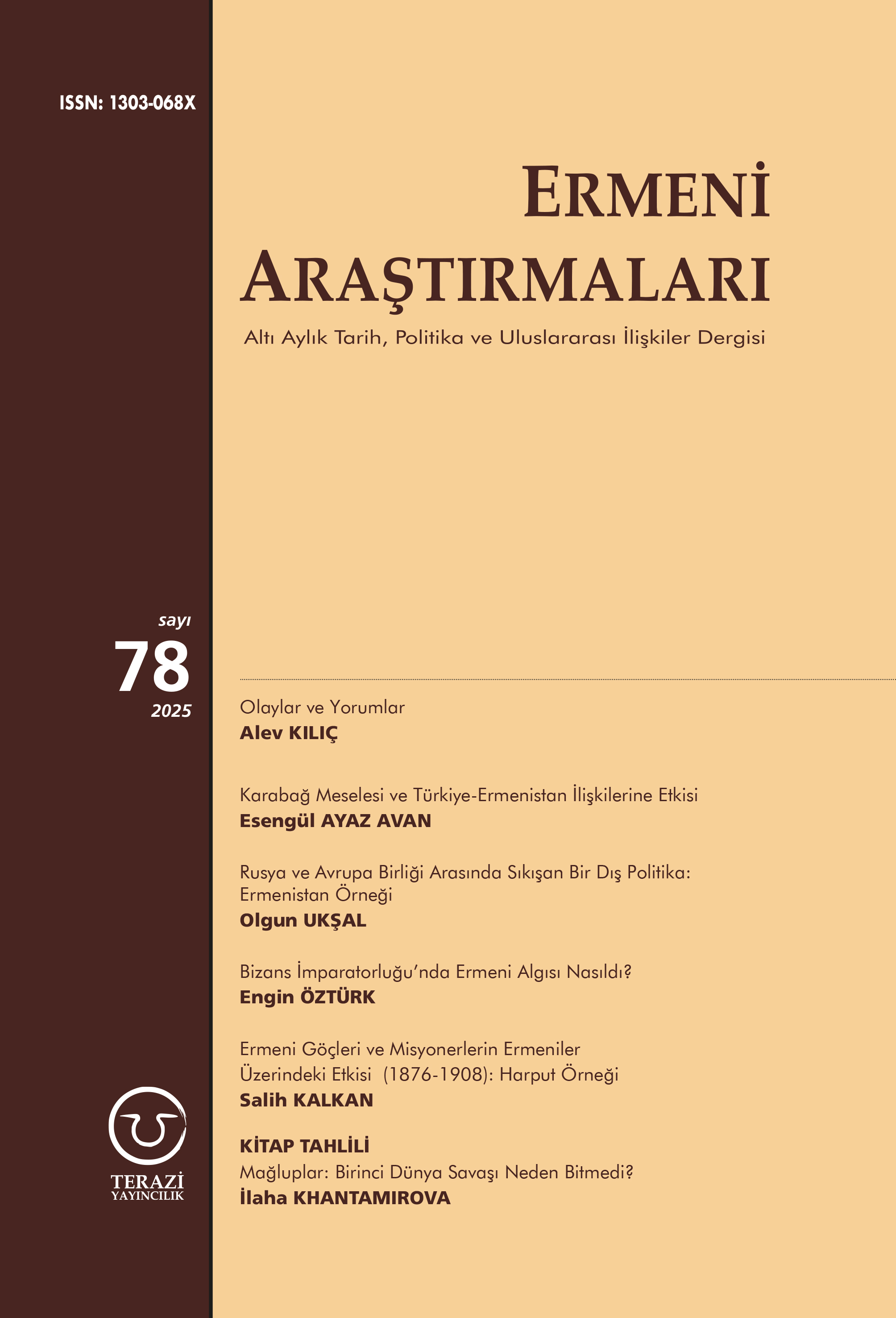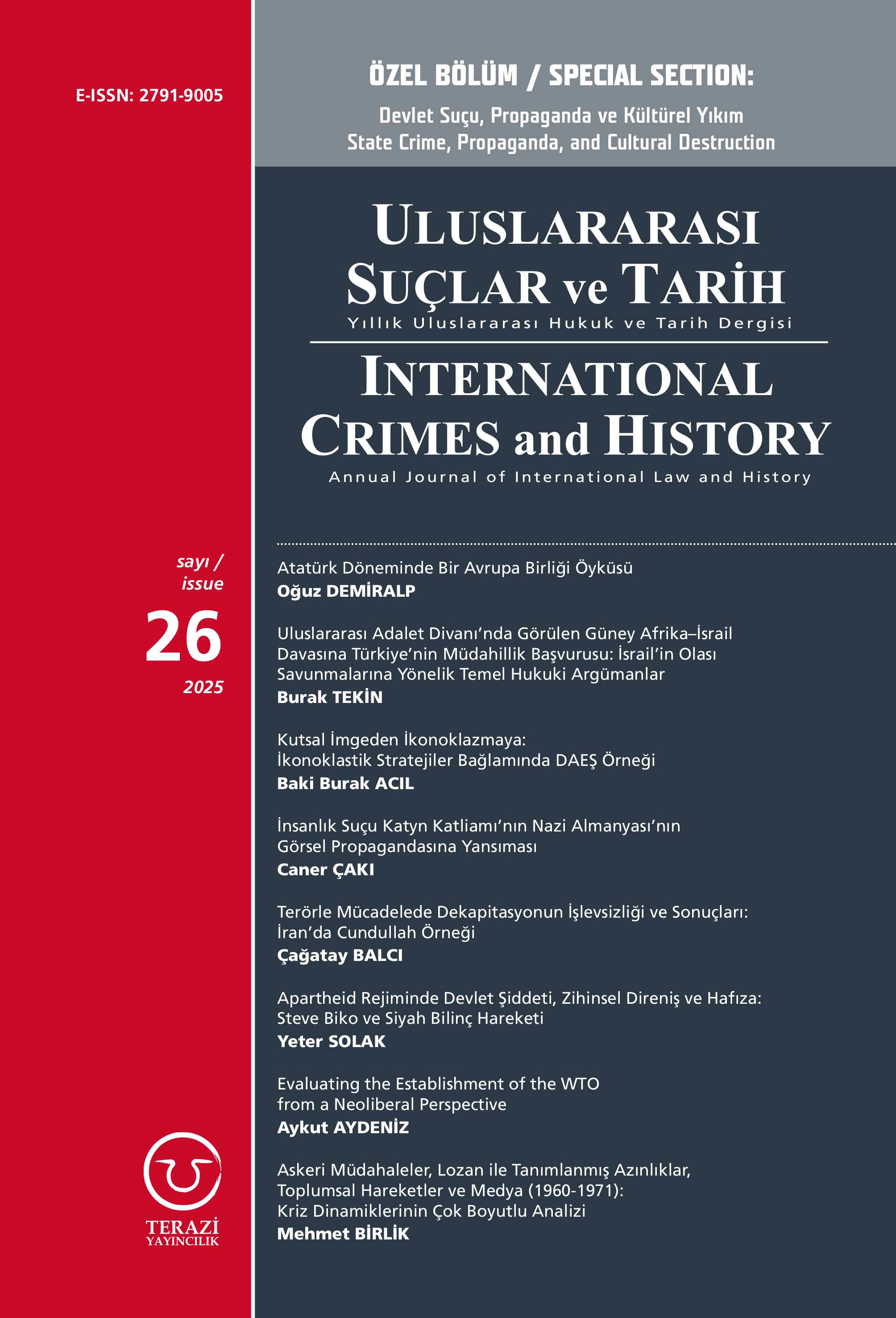
This is the English translation of a Turkish language article that was originally published by AVİM on 25 December 2024.
The Qatar-Türkiye Gas Pipeline Project was a proposal for the transportation of Qatar's natural gas to Europe, which would carry gas from the South Pars/North Dome Gas-Condensate field (the world's largest natural gas field),[1] from Qatar's Ras Laffan region, through Saudi Arabia, Jordan and Syria to Türkiye, where it would connect with the Nabucco pipeline in Ankara and then be supplied to Europe.[2] This geopolitically critical proposal emerged in the early 2000s as part of Qatar's strategy to expand its natural gas exports and establish itself as a dominant player in global energy markets, but in 2009 Assad refused to sign the proposed deal. Instead, the Assad regime supported the Iran-Iraq-Syria project, an alternative more closely aligned with Tehran's geopolitical objectives. Following the outbreak of the Syrian civil war in the region in 2011, the Qatar-Türkiye pipeline project became unfeasible and was suspended for more than a decade of civil war. After the overthrow of the Ba'athist regime in Syria, the project became relevant again.[3]
The Ministry of Energy and Natural Resources of the Republic of Türkiye stated that the long suspended pipeline project between Türkiye and Qatar could be revived after the overthrow of the Assad regime, that the realization of this project could be possible if Syria regains its territorial integrity and stability and that it could be an extraordinary opportunity if the security of the line is ensured.[4] Considering the length of the line, the cost of construction and the fact that Syria is still far from being stable, the question of the project’s feasibility comes to the fore. There are many variables in this issue, ranging from natural gas prices and demand in international markets to the establishment of security and stability in the region.
The Feasibility of the Qatar-Türkiye Natural Gas Pipeline Project
The fall of the regime in Syria has opened the door to a period of new opportunities for regional cooperation and energy infrastructure projects in Middle Eastern geopolitics. One of the most important of these opportunities is the Qatar-Türkiye pipeline project, which has the potential to reshape natural gas supply routes and increase Europe's energy security. In the post-Assad era, new cooperation between Gulf countries, Türkiye and European countries is expected. With a Syrian government ready to cooperate with Türkiye, the energy dynamics in the Middle East and Europe could potentially be reshaped by a Syrian government providing a favourable ground for the pipeline project. However, in terms of feasibility, the project should be well evaluated and discussed, taking into account financial and environmental factors. While the change in Syria provides new opportunities, significant challenges remain. The project should be analysed in light of the need for regional cooperation and Europe's carbon neutrality goal, as well as Syria's political instability and changing global energy markets.
From Qatar's perspective, although LNG (liquefied natural gas) shipments dominate the global market, this pipeline project, which will enable a direct route from the North Field to Europe, will provide advantages over the more costly and logistically risky maritime transportation. With its increased geopolitical influence, Qatar will be able to compete with Russia in the European energy market and counter Iran's attempts to control regional energy flows through pipeline initiatives, while strengthening its economic ties with Türkiye and Europe. In addition, the pipeline project offers more cost-effective and scalable solutions to meet Europe's growing energy demand. Türkiye has long been a natural energy transit hub due to its strategic location at the crossroads of Europe, Asia and the Middle East. Moreover, given that Türkiye hosts major pipelines such as TANAP and TurkStream, it can be inferred that the Qatar-Türkiye pipeline will further consolidate Türkiye's importance in the global energy markets.[5]
The Qatar-Türkiye Natural Gas Pipeline in the Context of Europe's Energy Security
It can be concluded that a gas pipeline project starting from Qatar and extending to Europe via Türkiye would contribute to security of supply by providing true diversity of sources and routes, while at the same time reducing costs.[6] The Qatar-Türkiye gas pipeline would strengthen the EU's energy security and increase Türkiye's influence, as it would give it the ability to impact Europe's energy supply.[7] According to economist Christian Stoffaës, the Qatar-Türkiye gas pipeline project has medium and long-term potential for security of supply, as it would make it possible to bypass Russia to some extent and avoid LNG transportation.[8]
Cooperation between Türkiye and Qatar in the Field of Water Management
It is also possible to evaluate this project together with the cooperation between Türkiye and Qatar in the field of water management. Although Qatar is rich in oil and natural gas resources, it is a poor country in terms of fresh water. Qatar obtains 50 percent of its total water consumption through desalinization, i.e. desalination of seawater, and 14 percent through the purification of used water. This method of desalinizing seawater causes pollution of marine resources on the one hand, and a lot of energy consumption on the other.[9] Considering Qatar's demand for water resources, a project of water transportation through a pipe system parallel to the natural gas pipeline project can also be considered. In this context, Türkiye's rivers that originate within its borders and flow through its coasts stand out.
As a country located on natural gas routes and capable of making initiatives to expand in the sphere of hydropolitics, Türkiye has carried out water projects in the past.[10] One of these is the Manavgat River Water Supply Project. The project was first put on the agenda in 1987 to meet the drinking water needs of countries in the Middle East with water shortages and the facility was opened in 1998, but it could not be put into operation and remains idle.[11]An agreement in 2004 for the sale of water from the Manavgat facility to Israel was mutually terminated in 2006.[12] Another project is the Water Supply Project from Türkiye to the Turkish Republic of Northern Cyprus (TRNC), which was implemented by Türkiye in order to bring a fundamental solution to the water problem of the TRNC. Since 2015, the project has been transferring water from the Alaköprü Dam in Mersin to the Geçitköy Dam in Kyrenia through a suspended pipe system.[13] Working on a project with a similar system as a solution for the water needs of countries along the route, especially Qatar, could be an opportunity for Türkiye to achieve win-win cooperation.
Conclusion
Overall, it can be said that the overthrow of the Syrian regime has created a new political reality in Syria and an opportunity for the long-delayed Qatar-Türkiye natural gas pipeline project. However, it should also be kept in mind that the project will be implemented in an area of high political instability, shifting alliances and regional rivalries. Therefore, the success of the project will depend on the cooperation of regional and international actors. The pipeline project will provide economic opportunities for the transit countries while strengthening energy security and diversifying supply routes for Europe. While these advantages make the project appealing in the short and medium term, risks such as geopolitical tensions, security challenges and a potential decline in natural gas demand need to be taken into account. Balancing the benefits against these risks is important for the ultimate feasibility of the project. As Syria enters a new era, policy planners and investors need to assess economic restructuring needs, political transformation and regional dynamics.
[1] Located in the Persian Gulf, the South Pars section of this natural gas condensate field is in Iran's territorial waters, while the North Dome section is located in Qatar's territorial waters.
[2] “Wikipedia: Qatar – Turkey pipeline,” Wikimedia Foundation, last accessed December 16, 2024, 08.07 (UTC), https://en.wikipedia.org/wiki/Qatar%E2%80%93Turkey_pipeline
[3] Murat Temizer, “‘Katar-Türkiye Doğal Gaz Boru Hattı’ Suriye'de Baas Rejiminin devrilmesiyle tekrar gündeme geldi.” Anadolu Ajansı, December 14, 2024. https://www.aa.com.tr/tr/ekonomi/katar-turkiye-dogal-gaz-boru-hatti-suriyede-baas-rejiminin-devrilmesiyle-tekrar-gundeme-geldi/3424403
[4] Handan Kazancı, “Türkiye-Qatar natural gas pipeline could be revived, says Turkish energy minister.” Anadolu Agency, December 10, 2024. https://www.aa.com.tr/en/energy/energy-diplomacy/turkiye-qatar-natural-gas-pipeline-could-be-revived-says-turkish-energy-minister/46164
[5] Douglas C. Youvan, “The Geopolitical Implications of Assad's Fall: Revisiting the Feasibility of the Qatar-Turkey Pipeline.” December 2024. DOI:10.13140/RG.2.2.29208.71683
[6] Aslıhan Erbaş Açıkel, “Katar-Irak-Türkiye-Avrupa Doğal Gaz Boru Hatti Projesi Mümkün Mü? Uluslararasi Enerji Politikalari ve Riskler Çerçevesinde Bir Değerlendirme,” Middle Eastern Analysis / Ortadogu Analiz 3, no. 28 (2011): 57–67, https://search.ebscohost.com/login.aspx?direct=true&AuthType=ip,sso&db=asn&AN=67661436&lang=tr&site=ehost-live.
[7] Ariscynatha Putra Ingpraja, “Political Implications of Turkey – Qatar Gas Pipeline Construction on European Union Energy Security,” Journal of International Studies on Energy Affairs 1, no. 1 (2020): 43-61, 10.51413/jisea.Vol1.Iss1.2020.
[8] Christian Stoffaës, “The Arab gas pipeline project makes it possible to bypass Russia and avoid the long LNG tanker journey from Qatar.” Le Monde, July 18, 2022. https://www.lemonde.fr/en/opinion/article/2022/07/18/the-arab-gas-pipeline-project-makes-it-possible-to-bypass-russia-and-avoid-the-long-lng-tanker-journey-from-qatar_5990543_23.html
[9] Canan Coşkun, “Katar’la su anlaşmasında bilinmesi gerekenler: Kime yarıyor? Tehlikeler ne?” Diken, April 8, 2021. https://www.diken.com.tr/katarla-su-anlasmasinda-bilinmesi-gerekenler-kime-yariyor-tehlikeler-ne/
[10] Dursun Yıldız, “Doğu Akdeniz ve Manavgat Çayı Su Temin Projesi.” TMMOB Su Politikaları Kongresi, https://eski.imo.org.tr/resimler/ekutuphane/pdf/9162.pdf
[11]Adem Demir, “Manavgat Barışı Suyu Projesi unutuldu, sudan para kazanmak hayal oldu.” Independent Türkçe, November 14, 2019. https://www.indyturk.com/node/91776/haber/manavgat-bar%C4%B1%C5%9F%C4%B1-suyu-projesi-unutuldu-sudan-para-kazanmak-hayal-oldu
[12] “BN:3 - 6 Nisan 2006, Manavgat Nehrinden İsrail´e Su Satışı hk.,” T.C. Dışişleri Bakanlığı, accessed (December 23, 2024): https://www.mfa.gov.tr/bn_3---6-nisan-2006_-manavgat-nehrinden-israil_e-su-satisi-hk_.tr.mfa
[13] Serkan Avcı, “'Asrın projesi' askılı boru sistemiyle Anadolu'dan KKTC'ye su taşıyor.” Anadolu Ajansı, October 19, 2020. https://www.aa.com.tr/tr/turkiye/asrin-projesi-askili-boru-sistemiyle-anadoludan-kktcye-su-tasiyor/2011317
© 2009-2025 Center for Eurasian Studies (AVİM) All Rights Reserved
No comments yet.
-
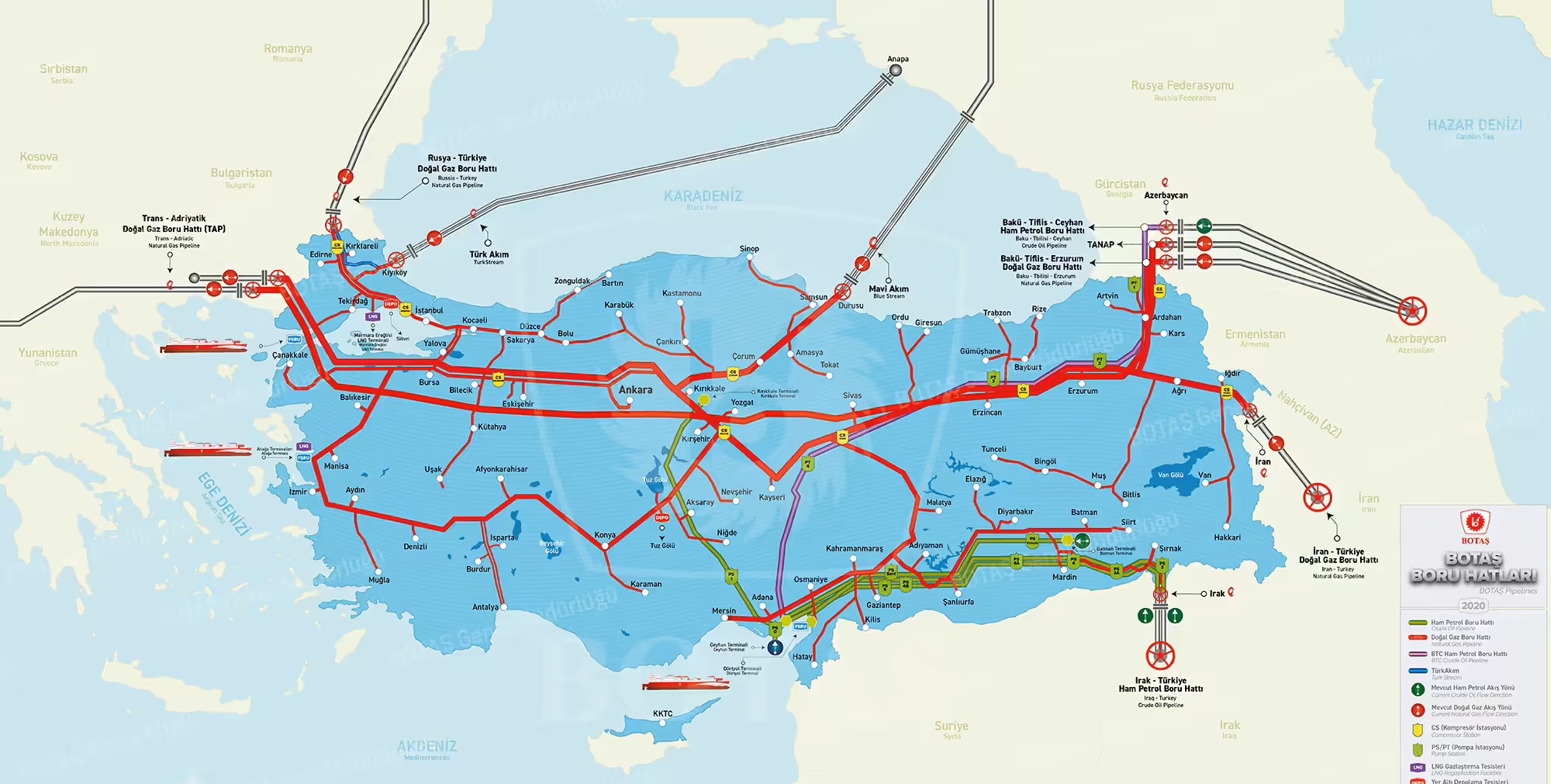 DEVELOPMENTS IN LINE WITH TÜRKİYE’S GOAL OF BECOMING A REGIONAL ENERGY HUB
DEVELOPMENTS IN LINE WITH TÜRKİYE’S GOAL OF BECOMING A REGIONAL ENERGY HUB
Bekir Caner ŞAFAK 24.02.2025 -
 REVIVAL OF THE QATAR-TÜRKİYE NATURAL GAS PIPELINE PROJECT
REVIVAL OF THE QATAR-TÜRKİYE NATURAL GAS PIPELINE PROJECT
Bekir Caner ŞAFAK 16.04.2025 -
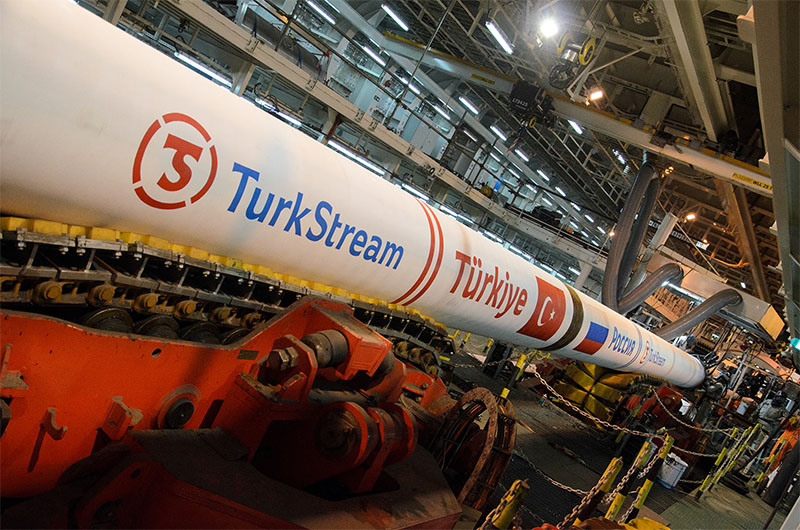 THE INCREASING IMPORTANCE OF TURKSTREAM FOLLOWING KIEV'S SUSPENSION OF RUSSIAN GAS SHIPMENT TO EUROPE
THE INCREASING IMPORTANCE OF TURKSTREAM FOLLOWING KIEV'S SUSPENSION OF RUSSIAN GAS SHIPMENT TO EUROPE
Bekir Caner ŞAFAK 17.01.2025 -
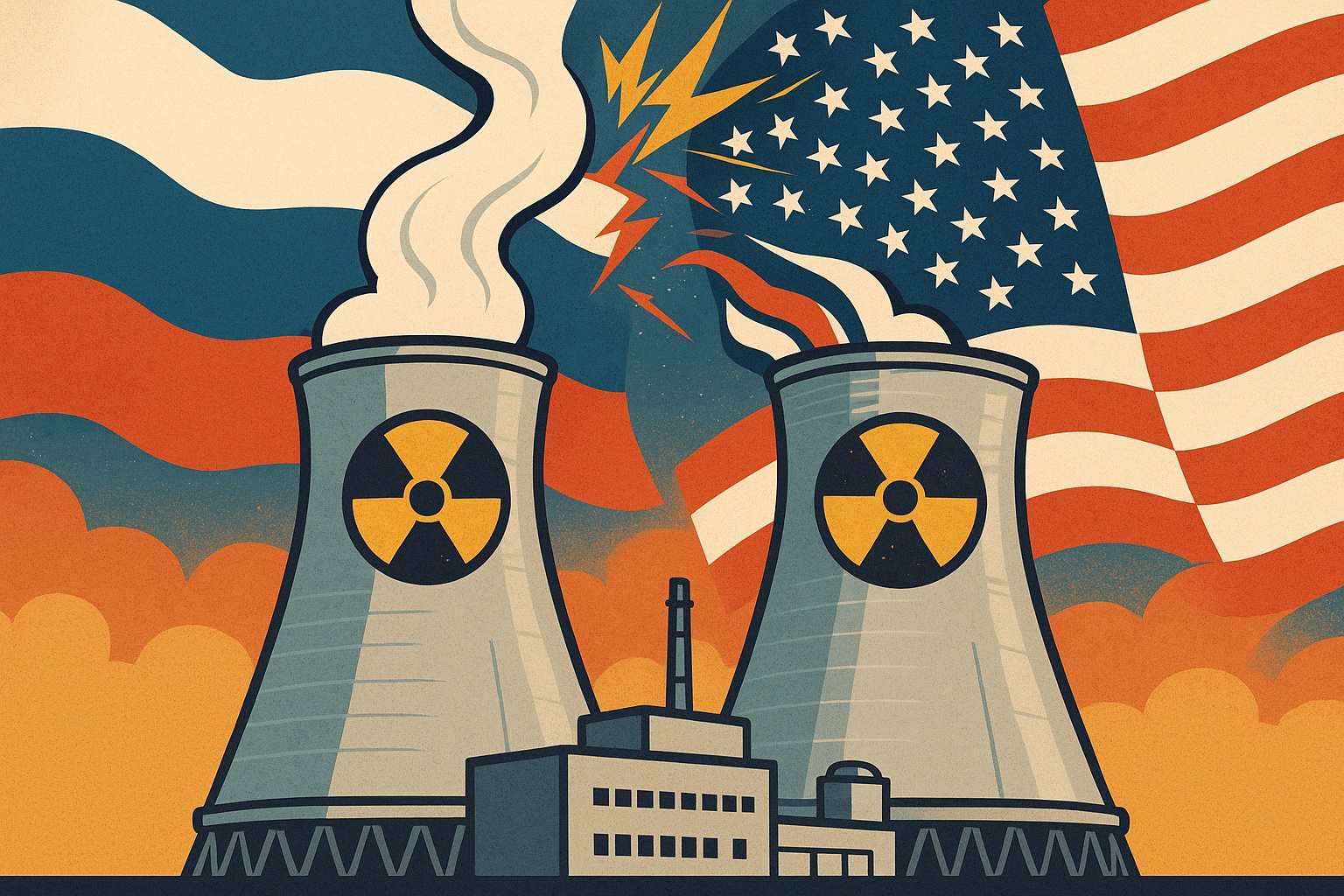 ARMENIA’S NUCLEAR DILEMMA: CAUGHT BETWEEN RUSSIA AND THE WEST
ARMENIA’S NUCLEAR DILEMMA: CAUGHT BETWEEN RUSSIA AND THE WEST
Bekir Caner ŞAFAK 12.11.2025
-
 THE 16TH BRICS SUMMIT REGARDING CHINA AND THE GLOBAL SOUTH
THE 16TH BRICS SUMMIT REGARDING CHINA AND THE GLOBAL SOUTH
Seyda Nur OSMANLI 26.12.2024 -
 POSSIBLE EFFECTS OF A RUSSIAN-CHINESE JOINT SWIFT SYSTEM ON THE EURASIAN ECONOMY AND THE WORLD TRADE SYSTEM
POSSIBLE EFFECTS OF A RUSSIAN-CHINESE JOINT SWIFT SYSTEM ON THE EURASIAN ECONOMY AND THE WORLD TRADE SYSTEM
Teoman Ertuğrul TULUN 23.12.2021 -
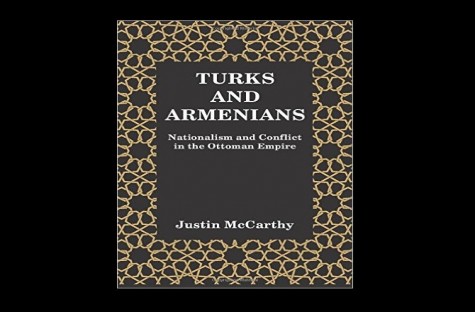 CHAPTER BY CHAPTER SYNOPSIS AND REVIEW OF TURKS AND ARMENIANS: NATIONALISM AND CONFLICT IN THE OTTOMAN EMPIRE BY JUSTIN MCCARTHY - 4
CHAPTER BY CHAPTER SYNOPSIS AND REVIEW OF TURKS AND ARMENIANS: NATIONALISM AND CONFLICT IN THE OTTOMAN EMPIRE BY JUSTIN MCCARTHY - 4
Ali Murat TAŞKENT 22.10.2015 -
 REVIVAL OF THE QATAR-TÜRKİYE NATURAL GAS PIPELINE PROJECT
REVIVAL OF THE QATAR-TÜRKİYE NATURAL GAS PIPELINE PROJECT
Bekir Caner ŞAFAK 16.04.2025 -
 FROM A MISNOMER TO MISDESIGN: POSSIBLE EU CUL-DE-SAC IN BALKANS
FROM A MISNOMER TO MISDESIGN: POSSIBLE EU CUL-DE-SAC IN BALKANS
Teoman Ertuğrul TULUN 13.03.2018
-
25.01.2016
THE ARMENIAN QUESTION - BASIC KNOWLEDGE AND DOCUMENTATION -
12.06.2024
THE TRUTH WILL OUT -
27.03.2023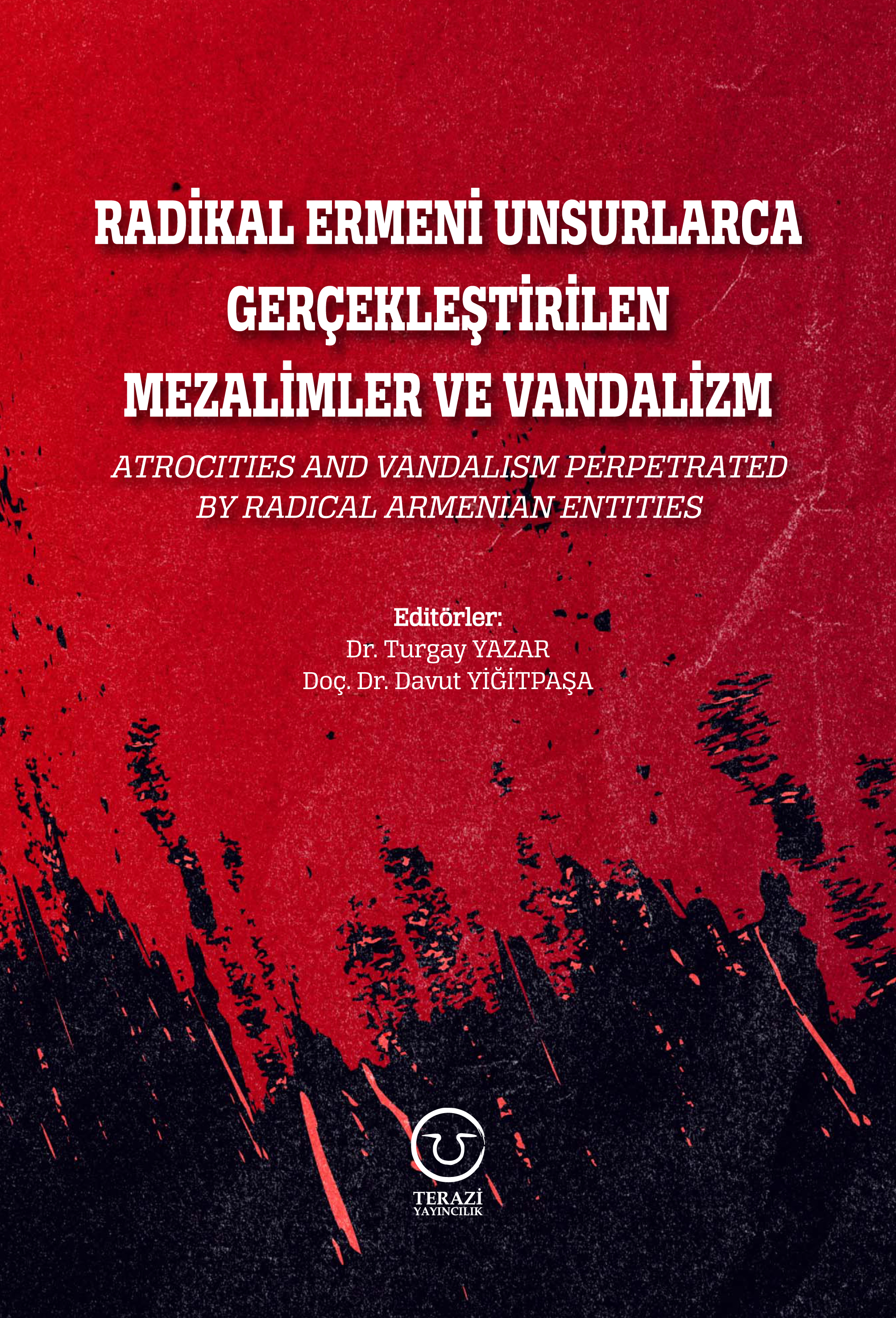
RADİKAL ERMENİ UNSURLARCA GERÇEKLEŞTİRİLEN MEZALİMLER VE VANDALİZM -
17.03.2023
PATRIOTISM PERVERTED -
23.02.2023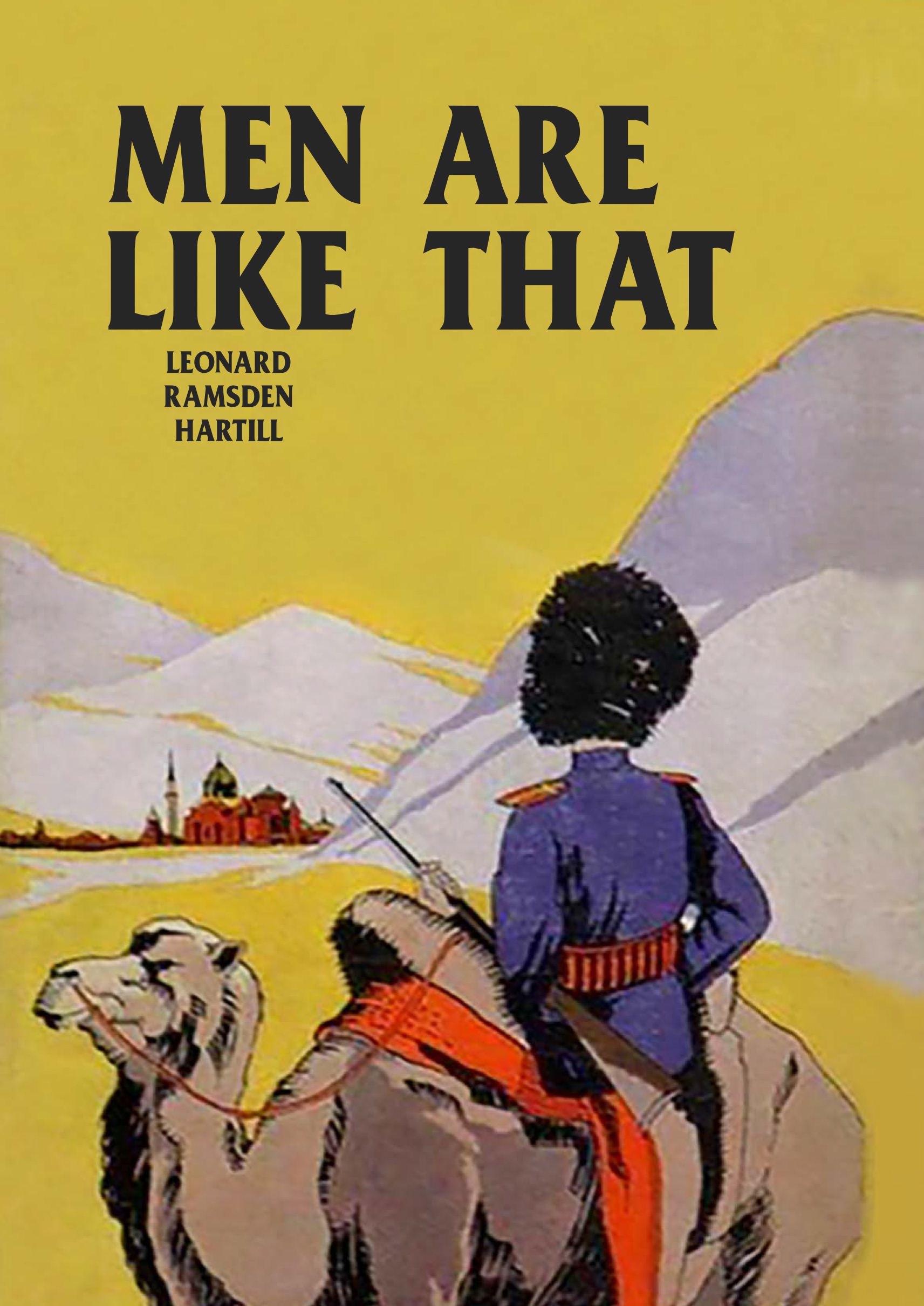
MEN ARE LIKE THAT -
03.02.2023
BAKÜ-TİFLİS-CEYHAN BORU HATTININ YAŞANAN TARİHİ -
16.12.2022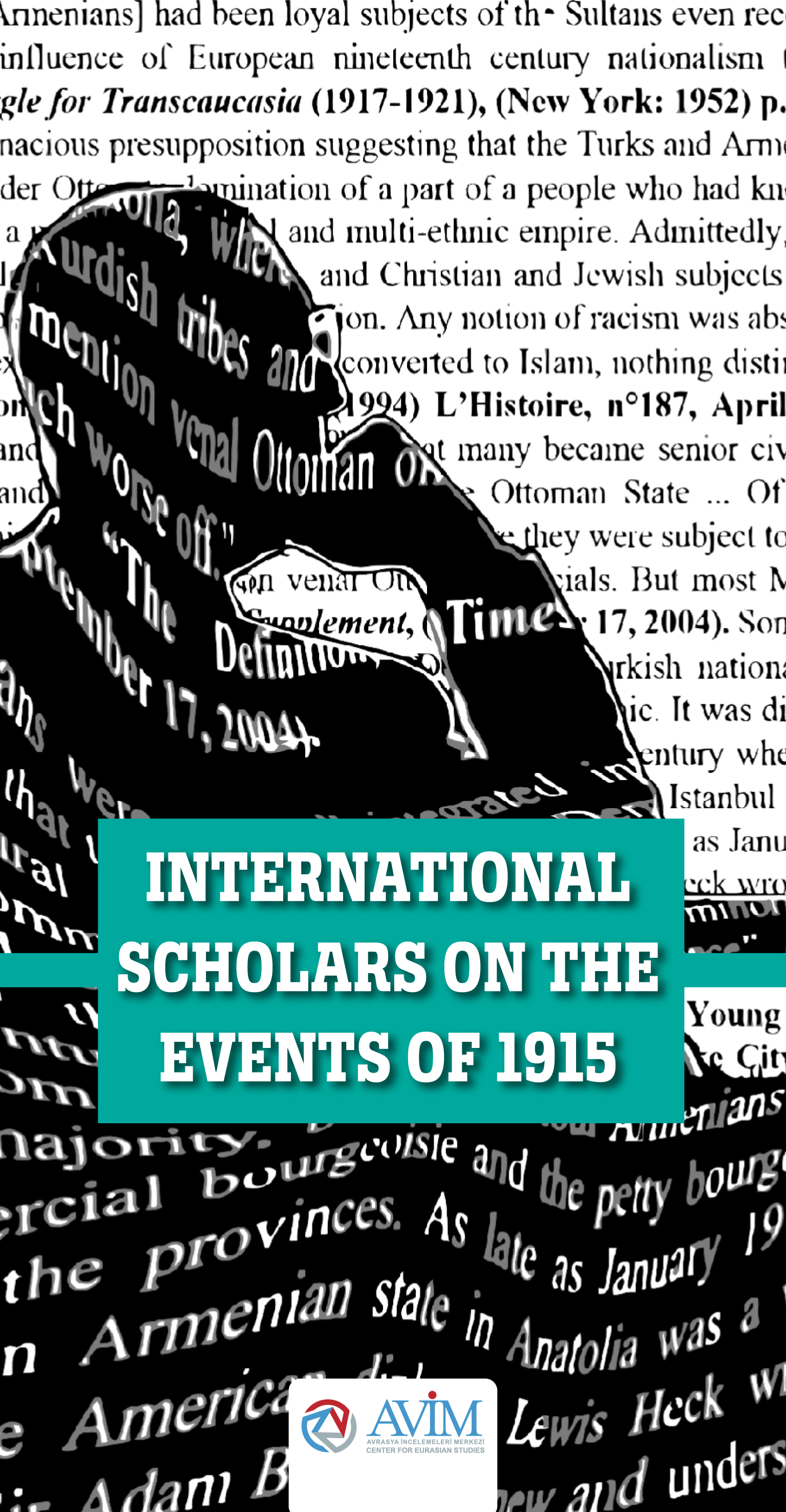
INTERNATIONAL SCHOLARS ON THE EVENTS OF 1915 -
07.12.2022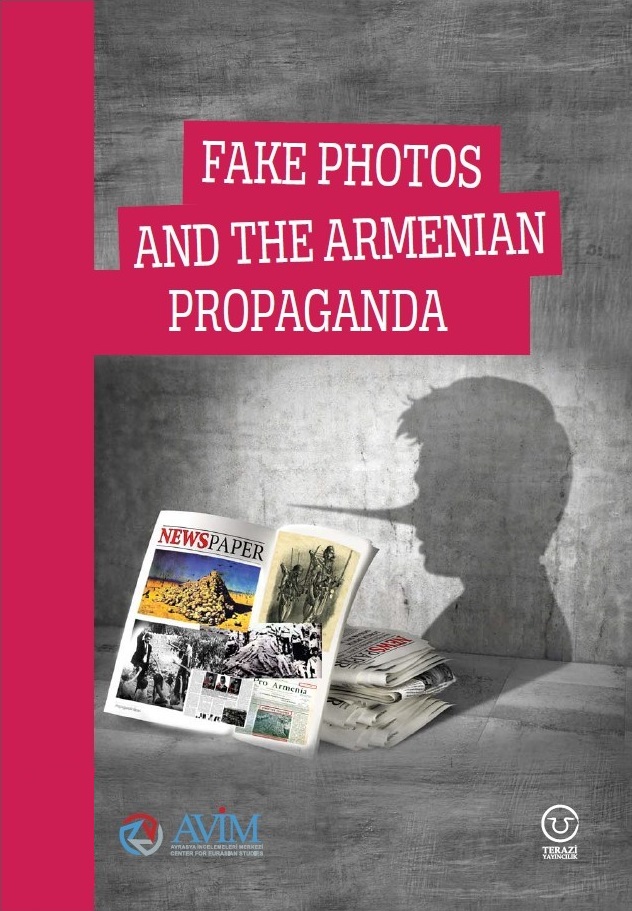
FAKE PHOTOS AND THE ARMENIAN PROPAGANDA -
07.12.2022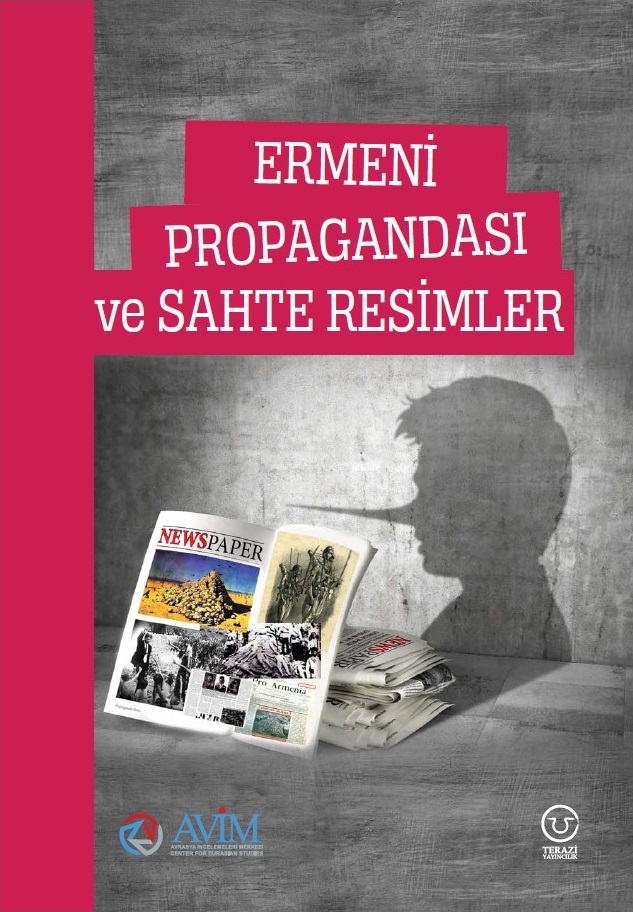
ERMENİ PROPAGANDASI VE SAHTE RESİMLER -
01.01.2022
A Letter From Japan - Strategically Mum: The Silence of the Armenians -
01.01.2022
Japonya'dan Bir Mektup - Stratejik Suskunluk: Ermenilerin Sessizliği -
03.06.2020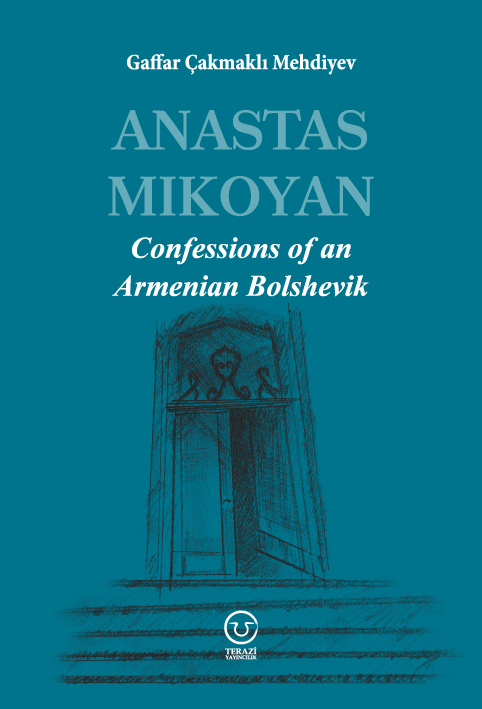
Anastas Mikoyan: Confessions of an Armenian Bolshevik -
08.04.2020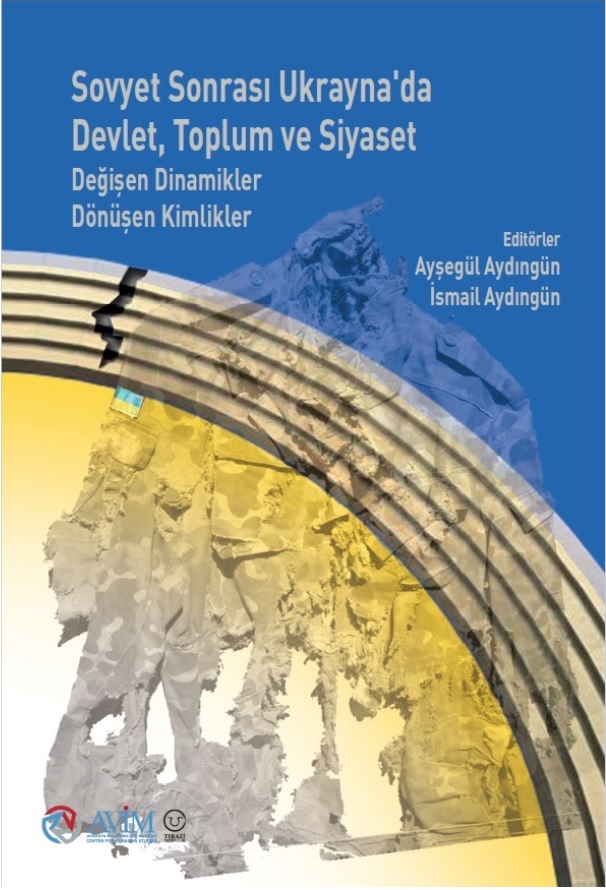
Sovyet Sonrası Ukrayna’da Devlet, Toplum ve Siyaset - Değişen Dinamikler, Dönüşen Kimlikler -
12.06.2018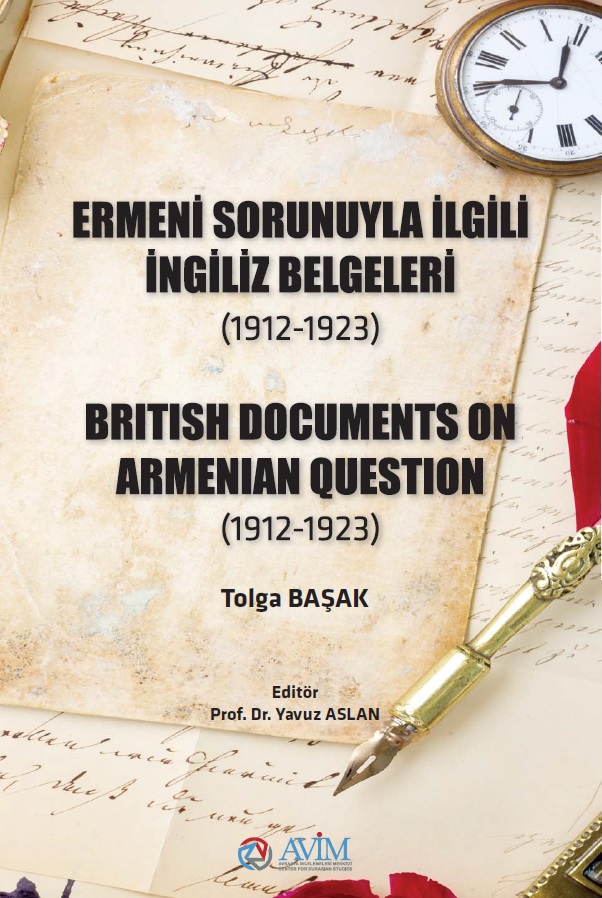
Ermeni Sorunuyla İlgili İngiliz Belgeleri (1912-1923) - British Documents on Armenian Question (1912-1923) -
02.12.2016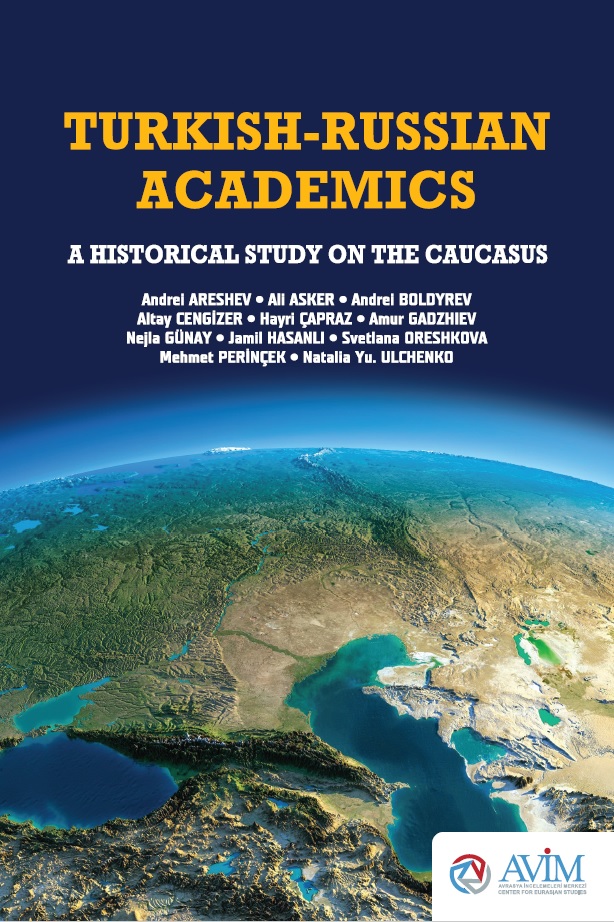
Turkish-Russian Academics: A Historical Study on the Caucasus -
01.07.2016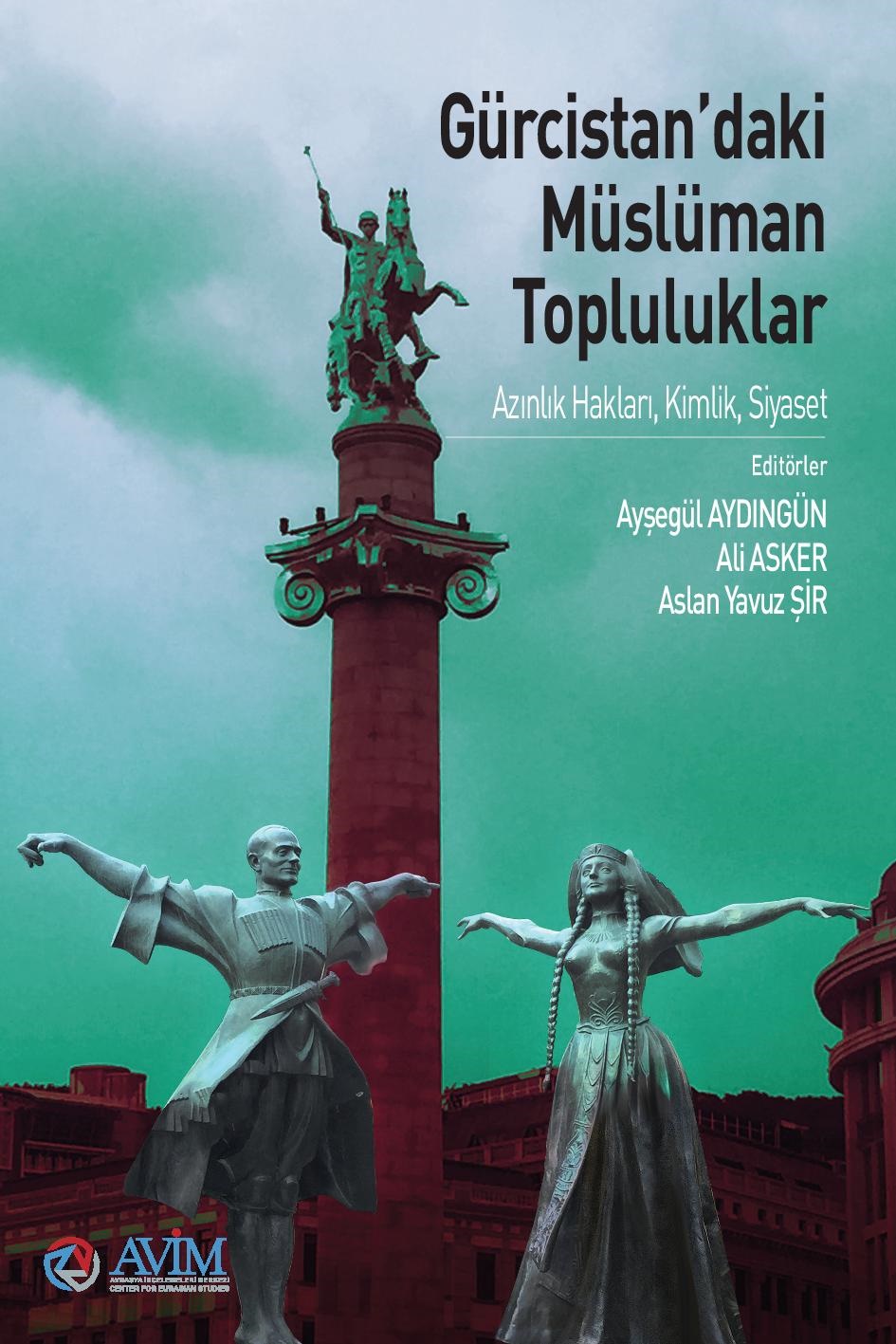
Gürcistan'daki Müslüman Topluluklar: Azınlık Hakları, Kimlik, Siyaset -
10.03.2016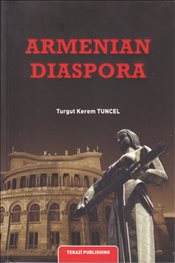
Armenian Diaspora: Diaspora, State and the Imagination of the Republic of Armenia -
24.01.2016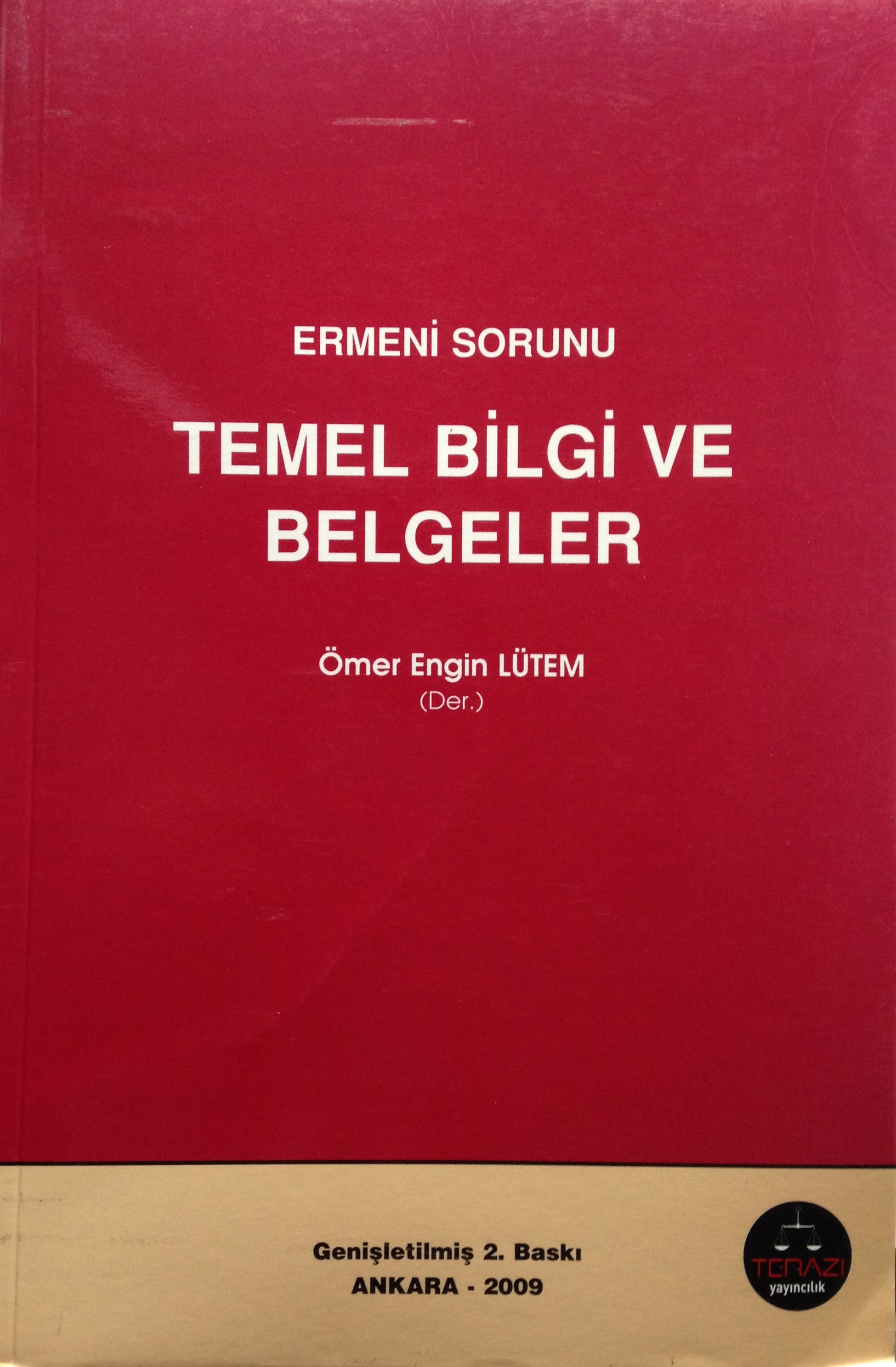
ERMENİ SORUNU - TEMEL BİLGİ VE BELGELER (2. BASKI)
-
AVİM Conference Hall 24.01.2023
CONFERENCE TITLED “HUNGARY’S PERSPECTIVES ON THE TURKIC WORLD"

